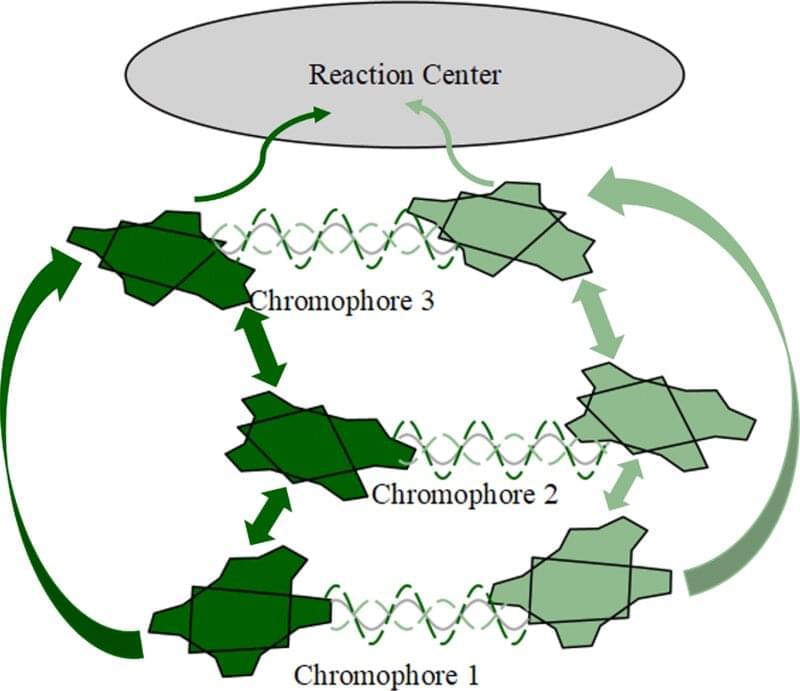Researchers have developed a new high-speed way to detect the location, size and category of multiple objects without acquiring images or requiring complex scene reconstruction. Because the new approach greatly decreases the computing power necessary for object detection, it could be useful for identifying hazards while driving.
“Our technique is based on a single-pixel detector, which enables efficient and robust multi–object detection directly from a small number of 2D measurements,” said research team leader Liheng Bian from the Beijing Institute of Technology in China. “This type of image-free sensing technology is expected to solve the problems of heavy communication load, high computing overhead and low perception rate of existing visual perception systems.”
Today’s image-free perception methods can only achieve classification, single object recognition or tracking. To accomplish all three at once, the researchers developed a technique known as image-free single-pixel object detection (SPOD). In Optics Letters, they report that SPOD can achieve an object detection accuracy of just over 80%.







